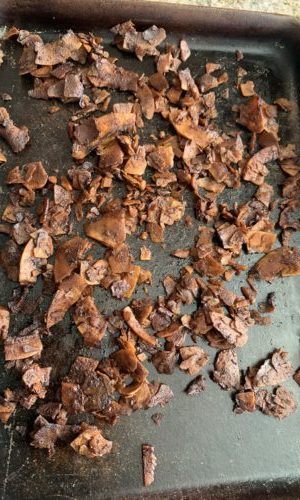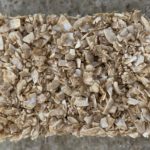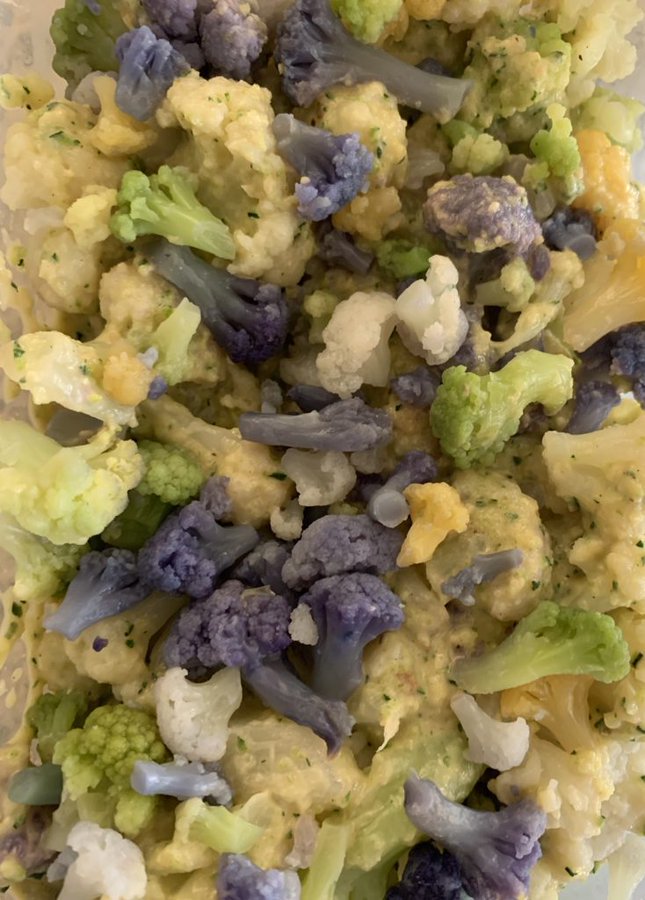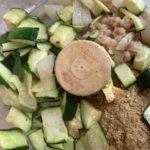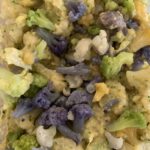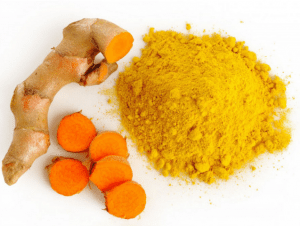Environmental allergens/Cross-Reacting Foods
I hear my clients or friends talk about the plants they are allergic to, what about the foods that we take in from those same plants and trees, do you consider those? It’s easy to feel the immediate effects of the blooming trees but not the delayed response of gluten or dairy allergy 2-5 days later.
When your immune System is low, the outside allergies present themselves quickly. A food panel is more valuable and important to your health then knowing what tree you are allergic too. Let’s take a look at the inside of our bodies first and build those systems up so the outside environment has less of an affect on us.
Five categories of cross reaction and some of the key foods involved.
This is not intended to represent all possible environmental allergens, or all possible cross-reacting foods. Instead, it is meant to provide you with examples of common pollen allergens and commonly cross-reacting foods.
Environmental Allergen Cross-Reacting Foods
1. alder tree pollen 1. almonds, apples, celery, cherries, peaches, pears, parsley, hazelnuts
2.grass pollen 2.melons, tomatoes, oranges
3.mugwort weed pollen 3.carrots, celery, coriander, fennel, parsley, bell peppers, hot peppers, sunflower seeds
4.ragweed pollen 4.bananas, cantaloupe, cucumbers, zucchini, honeydew, watermelon, chamomile
5.birch tree pollen 5. almonds, apples, apricots, carrots, celery, cherries, coriander/cilantro, fennel, hazelnuts, kiwifruit, lychee fruit, nectarines, oranges, parsley, parsnips, peaches, pears, bell peppers, hot peppers, persimmons, plums/prunes, potaotes, soybeans, wheat
Environment-food cross reactions can be as complicated or even more complicated to recognize as food allergies and food intolerances. On the environment side, they might be seasonal and only a problem during certain times of year. On the food side, they are likely to be year round, and may involve a half dozen or more foods. Blood work is strongly recommended to identify the cause of “allergy Symptoms”.
For more information I can order the correc labs for you to get the answers you are looking for, just email, call or text me and we can set up a consultation. If you would like more information on this article:
http://whfoods.org/genpage.php?tname=faq&dbid=51





